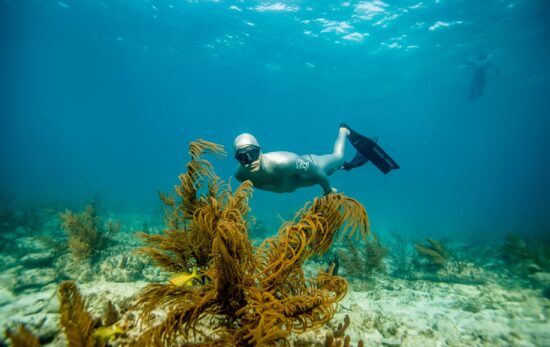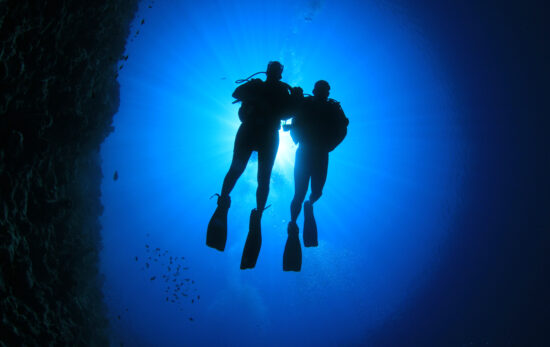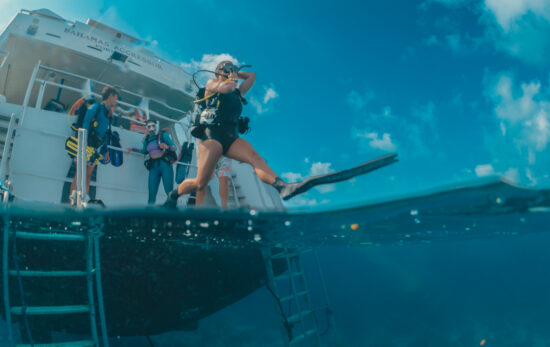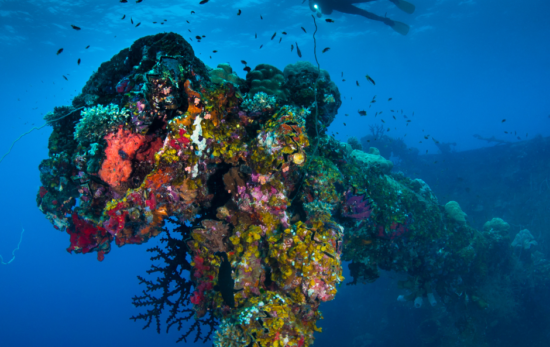Of all the scuba diving destinations I visited, the Canary Islands might be one of the most underestimated ones. You won’t find colourful coral reefs in Tenerife and its neighbour islands, but their underwater landscapes offer unusual rock formations in addition to boasting marine life including eagle rays, angel sharks and pilot whales.
Before my first trip to the Canary Islands, I didn’t even know Tenerife was a volcanic island. It was a big surprise to learn about the Teide National Park, Spain’s highest peak at 3,715 m (12,188 feet) which happens to be a volcano.
Meanwhile, in Northern Europe, the Giant’s Causeway in Northern Ireland or Svartifoss waterfalls in Iceland became world famous with their thousands of interlocking basalt columns. So, it was a fantastic surprise to discover similar rock formations underwater in the form of the giant’s causeway in Tenerife.
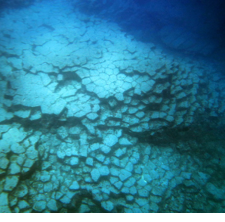
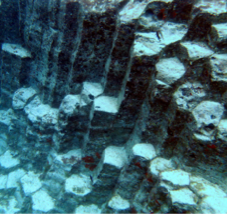
Basalt columns are a volcanic phenomenon happening under certain conditions when a lava flow cools down. This is why you can see it in many locations across the globe, especially on volcanic islands like Iceland or Japan. Their almost perfect hexagonal shape often gives the impression of being man-made, hence the nickname of the World Heritage site in Northern Ireland.
Above water, the most outstanding basal column site of the Canary Islands is on La Gomera, the closest neighbour island of Tenerife. The cliffs off its northern tip, nicknamed “Los Organos”, reach 800 m (2624 feet) in height. The view is breath-taking from the sea.
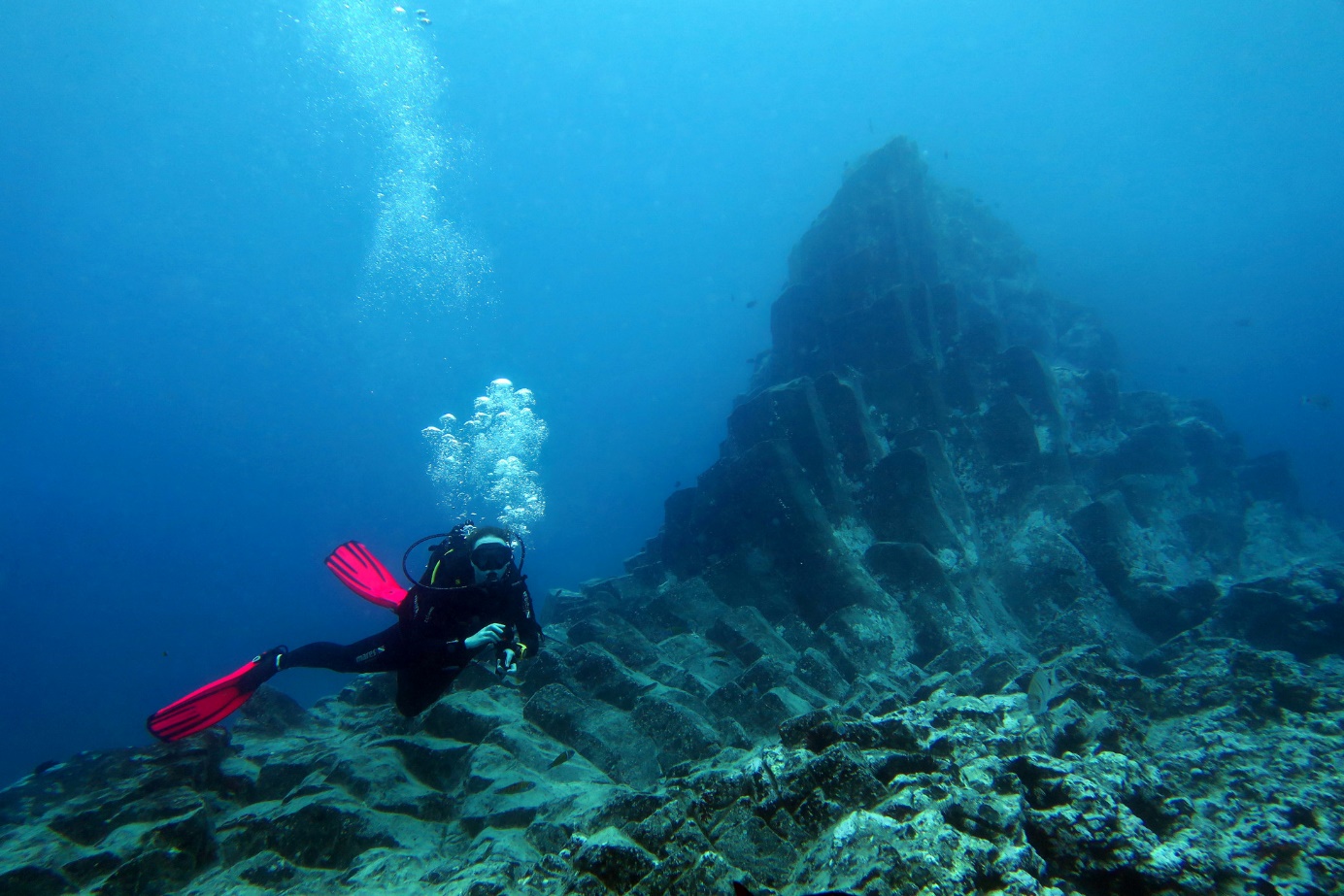
On Tenerife itself, the natural spectacle is for scuba divers only, especially at a dive site called La Rapadura. This is the giant’s causeway in Tenerife. Located on Costa de Acentejo, close to the village of La Quinta, it is a deep dive with the sea bed dropping to around 120 m (393 feet). Due to its maximum depth, this dive will only be for advanced divers. A deep specialty allowing you to reach 40 m (130 feet) with enough experience is a minimum requirement to enjoy this dive.
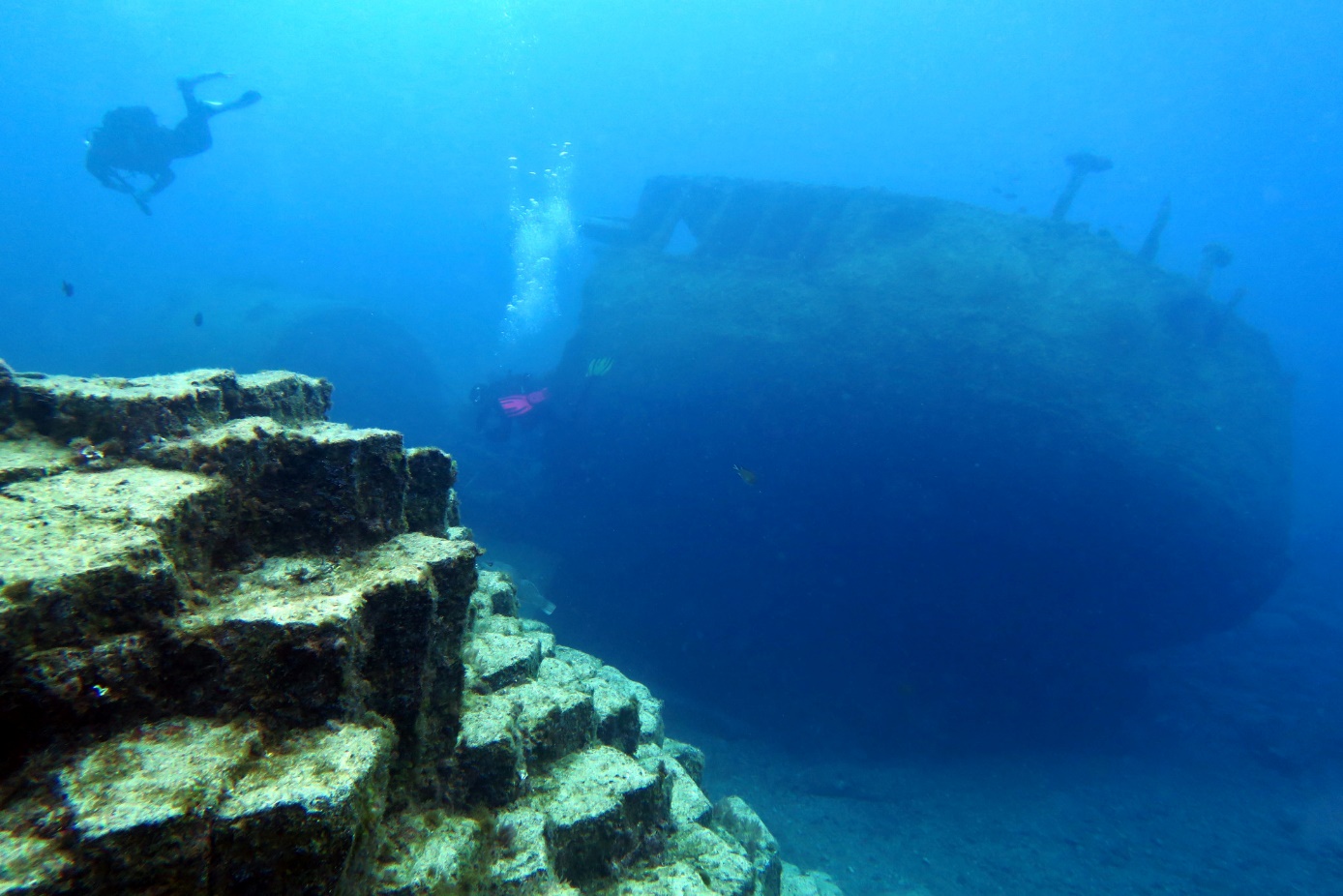
Beyond depth, the conditions in terms of tides and currents have to be right to go scuba diving there safely. If you think you have the proper experience, don’t hesitate to contact local dive centres in Puerto de la Cruz, only 10 km (6.2 miles) west from La Quinta.
While la Rapadura is a demanding dive site only for the most experienced of us, beginner divers will be glad to know there is a similar dive site in shallower waters. The wreck dive site called El Condesito, in the south of Tenerife, can be dived by all level of divers. The closest dive centres are in Costa Adeje.
El Condesito shipwreck was a 40 m (130 feet) long cement-carrier who is now the home of many trumpetfish and boxfish. The maximum depth of this dive is 20 m (65 feet) deep so Open Water divers can join too. Surrounding the ship that sank in 1971 is a basalt column reefs. It might not be as impressive as La Rapadura or Los Organos in La Gomera, but it delighted me with its scenic views.
Be sure to book your trip to the Canary Islands with PADI Travel to see the wonderful basalt column reefs of these volcanic islands.
Author Bio
Florine is a PADI Divemaster and a Dive Travel blogger at World Adventure Divers. She dives in tropical to extreme cold waters, selecting her destinations when both adventure diving and cultural discoveries are part of the journey, and showing you how to do it without breaking the bank.
